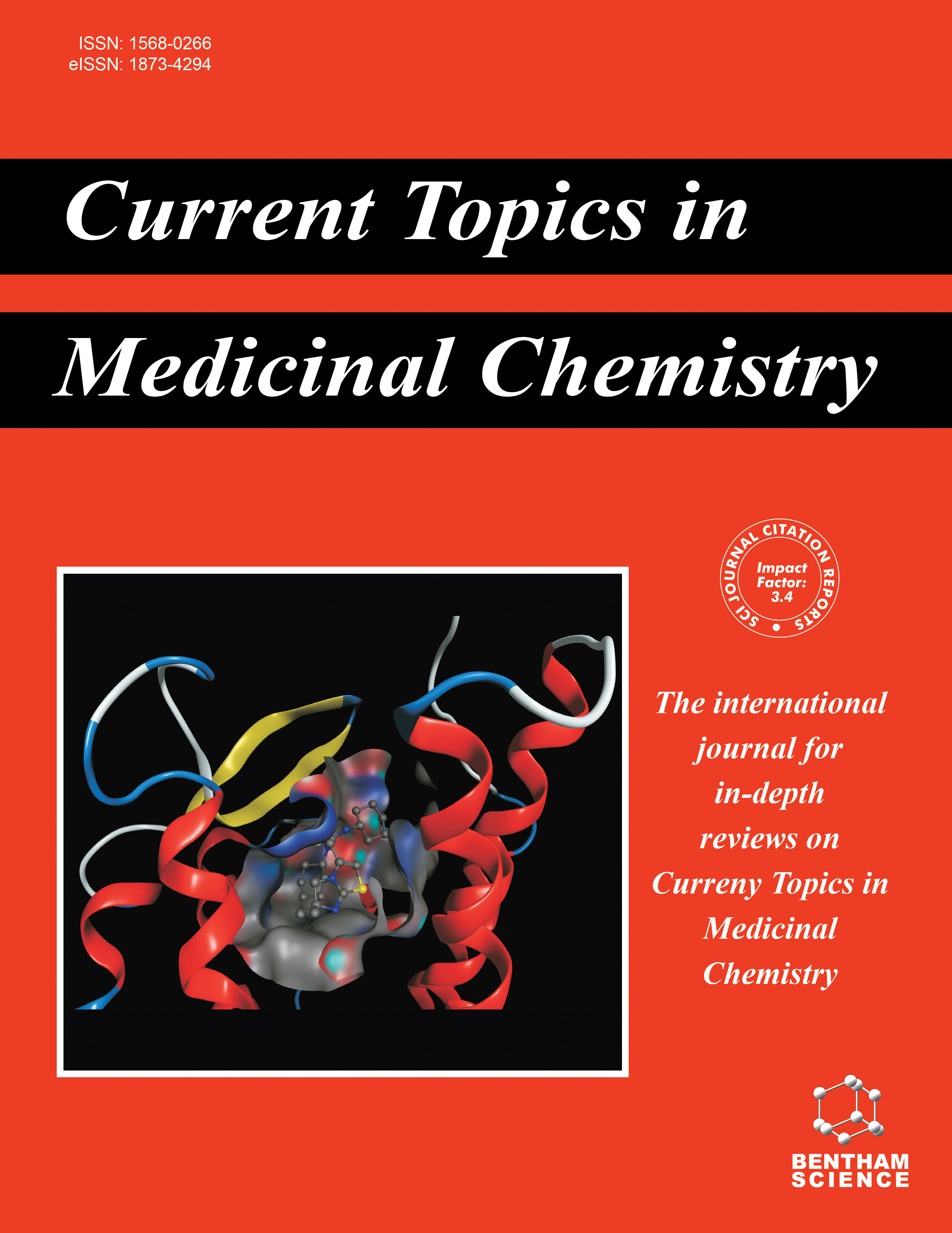
Full text loading...

Glucocorticoid receptors (GRs) and mineralocorticoid receptors (MRs) are distributed in the brain, and they are particularly dense in the hippocampus. The two receptors are implicated in stress-related psychiatric diseases, such as anxiety, autism spectrum disorders (ASD) and depression. This study aims to investigate the alterations in neurological behaviour and the expression of GRs and MRs in male offspring from prenatal stress-exposed dams that were subjected to chronic stress.
In our study, we conducted the elevated plus maze (EPM) test on adult offspring of pregnant mice exposed to chronic stress, as well as on mice in the control group, to examine their neurological behaviors. Expression levels of GRs, MRs, and interleukin 6 (IL-6) were detected by Real-Time Quantitative Reverse Transcription Polymerase Chain Reaction (qRT PCR). After euthanizing the adult mice from both groups, we dissected their cortex and hippocampus for immunofluorescence staining.
We observed an increase in the IL-6 mRNA content in the cerebral cortex of male offspring from the stress group, which was accompanied by the activation of microglial cells. Additionally, the relative mRNA expression levels of GRs and MRs in the hippocampus of male offspring from the stress group were found to be decreased. As a result, adult offspring from the stress group exhibited anxiety-like behavior.
The observed reduction in hippocampal GR and MR expression, alongside increased cortical IL-6 and anxiety-like behavior in male offspring, suggests that prenatal stress disrupts neuroendocrine and inflammatory pathways, supporting previous findings on stress-induced neurodevelopmental vulnerability, although further studies are needed to address sex differences, long-term behavioral outcomes, and causal mechanisms.
Our study indicates that chronic prenatal stress induces anxiety like behaviour in offspring and decreases the expression levels of GRs and MRs.